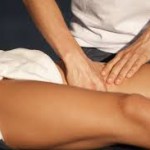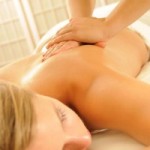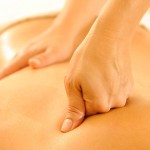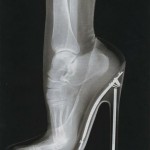What is Pilates?
Pilates is a form of exercise developed by Joseph Pilates in the 1920’s. Pilates emphasizes correct postural alignment, core strength and muscle balance and flexibility. Its main aim is to tone your core and improve your posture.
At Archview Physiotherapy with offer Physio-Pilates instructed by chartered physiotherapists. These classes cater for everyone’s needs regardless of age or any previous/current injuries. Classes are instructed by physiotherapists and we keep the classes to a max of 7 people so that each client received adequate attention during the class. In an environment where the class is smaller the instructor can focus on helping you do these movements correctly, so you gain maximal benefits from the exercise.
What is the difference between yoga and Pilates?
Yoga is a type of exercise to improve flexibility and mainly promote relaxation. Pilates on the other hand is about control and is considered the best form of exercise to improve back pain and posture.
Why is Physio pilates beneficial for you?
When being instructed by a professional with a wide understanding of biomechanics, anatomy, safe principals of rehabilitation and a wide knowledge of spinal pathologies, you can be sure the class is going to be great. You will have an amazing experience knowing you are in good hands.
Archview Physiotherapy Clinic- Pilates classes
We don’t just offer pilates classes in groups. We also have 1-1 Pilates where you will get a completely personalised session to help improve areas that you specifically need to work on. This is great when returning from an injury or surgery to build back up strength and stability.
At Archview Physiotherapy, we also offer personal training and postural correction classes. For further information, please contact our reception desk on 014913228 or email us at [email protected].













